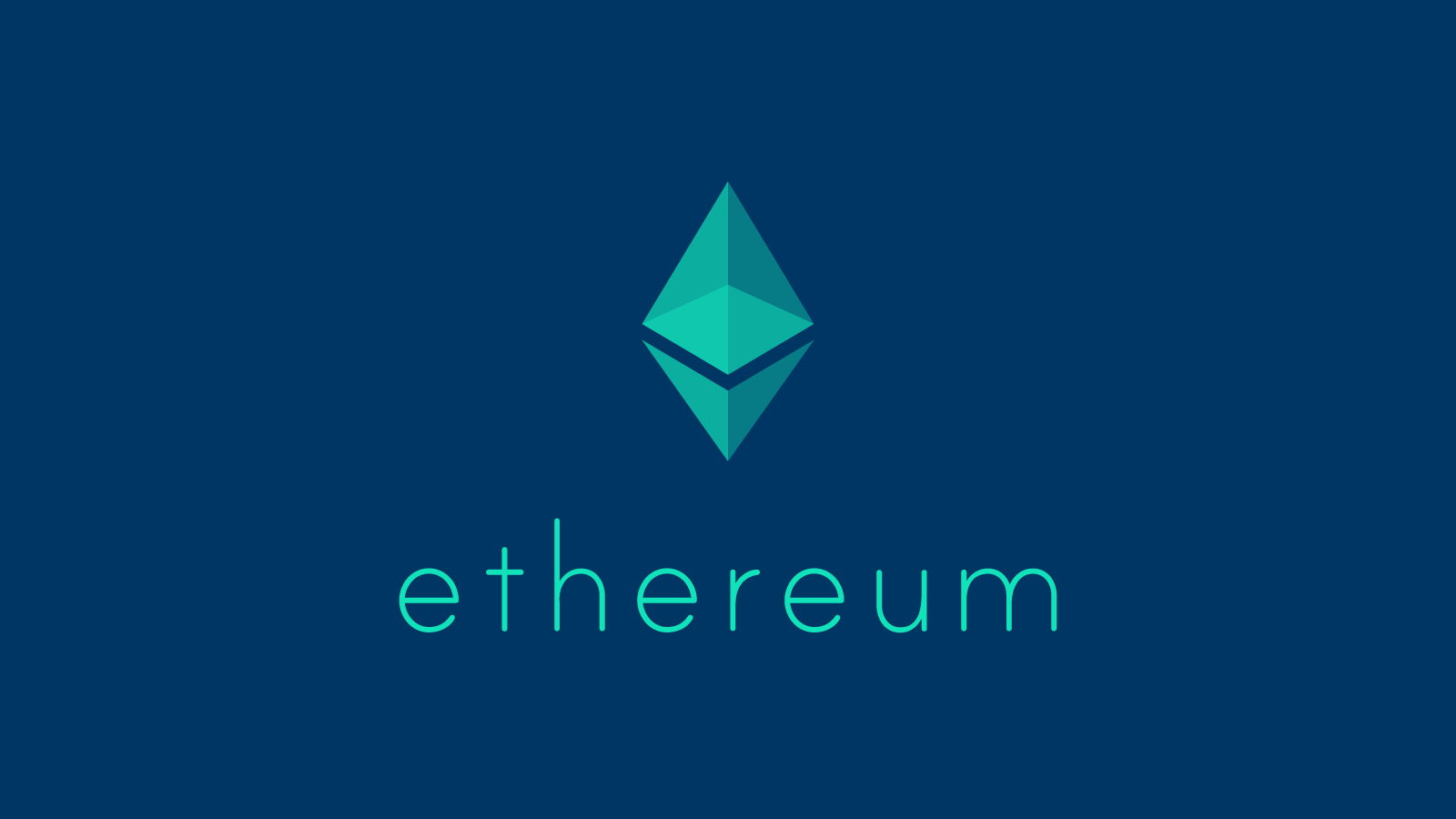Ethereum Revenue Crashes 99% Since March as Layer-2 Solutions Surge
03.09.2024 11:00 1 min. read Alexander Stefanov
Ethereum’s layer-1 network has experienced a staggering 99% drop in revenue since March 2024, largely due to the impact of the Dencun upgrade.
This upgrade, which took effect on March 13, drastically reduced transaction fees for layer-2 solutions. Before the upgrade, network fees had soared to $35.5 million on March 5. However, by late August, these fees had dwindled to a mere $566,000, with a slight increase to $578,000 in early September.
The significant reduction in fees has fueled an explosion of layer-2 scaling projects. There are now 74 active Ethereum layer-2 solutions and 21 layer-3 projects. Adrian Brink, CEO of Anoma, suggests that the number of these layer-2 solutions is far beyond what the market requires, estimating that the industry has about ten times more layer-2 solutions than necessary.
This oversupply has intensified competition among these projects, driving fees even lower and diverting users from the Ethereum base layer.
As a result of the lower transaction costs, the demand for ETH, which is used to pay for network fees, has diminished. This has led to an increase in the supply of ETH and has undermined the deflationary effects intended by Ethereum Improvement Proposal (EIP) 1559, which burns a portion of transaction fees.
-
1
Malaysia Opens the Door to Blockchain Experimentation With Launch of Innovation Hub
18.06.2025 22:00 2 min. read -
2
JPMorgan Lays Groundwork for Tokenized Finance with New Blockchain Trademark
17.06.2025 12:00 1 min. read -
3
The Bitcoin-Cardano Bridge is Here: What it Means for DeFi
10.06.2025 21:00 1 min. read -
4
Chainlink Edges Closer to Wall Street Integration, Says Co-Founder
12.06.2025 9:00 1 min. read -
5
Polygon Breaks from Decentralization as Sandeep Nailwal Assumes Full Control
11.06.2025 20:00 2 min. read
Developers Flock to Solana Projects as Ecosystem Activity Rises
Developer engagement across the Solana ecosystem has remained high over the past month, with core protocol development and infrastructure projects dominating GitHub activity, according to new data from crypto analytics firm Santiment.
Cardano Leads Developer Activity, Ethereum Maintains Ecosystem Dominance
Development trends across major blockchain networks show Cardano pulling ahead in core contributions, while Ethereum continues to dominate the broader ecosystem despite a drop in participation.
Kraken’s Ink Chain Ramps Up Usage as Token Launch Approaches
Ink, the Layer-2 network incubated by Kraken and built on Optimism’s Superchain framework, is suddenly buzzing with on-chain activity.
Solana Partners with Kazakhstan to Launch Digital Economy Zone
Solana is making its next major move—this time, not through memecoins, but national partnerships.
-
1
Malaysia Opens the Door to Blockchain Experimentation With Launch of Innovation Hub
18.06.2025 22:00 2 min. read -
2
JPMorgan Lays Groundwork for Tokenized Finance with New Blockchain Trademark
17.06.2025 12:00 1 min. read -
3
The Bitcoin-Cardano Bridge is Here: What it Means for DeFi
10.06.2025 21:00 1 min. read -
4
Chainlink Edges Closer to Wall Street Integration, Says Co-Founder
12.06.2025 9:00 1 min. read -
5
Polygon Breaks from Decentralization as Sandeep Nailwal Assumes Full Control
11.06.2025 20:00 2 min. read


